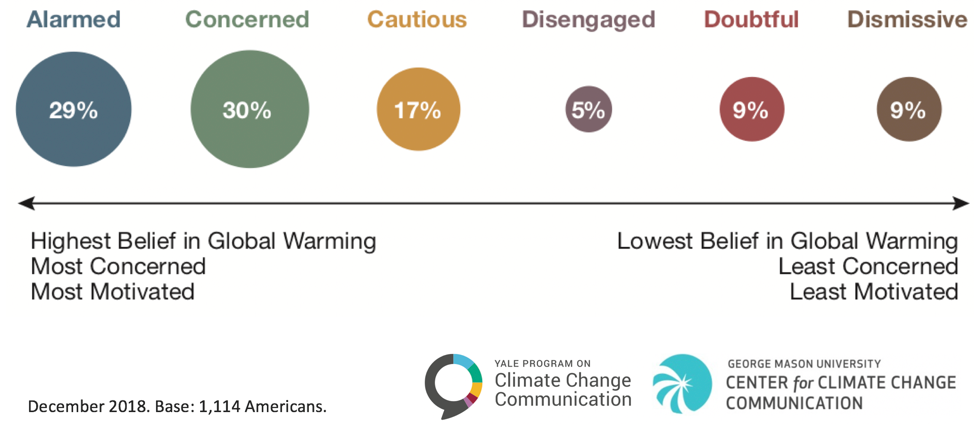A Tango Dancer’s Advice for How to Talk About Climate Change
C+S Students are blogging about topics that interest them for Applications in Climate and Society, a core spring course.

“Apertura! No, así: Apertura!” the instructor said.
I definitely didn’t know what the word aperutra meant while learning a new tango move during a class in Argentina. But as we practiced the apertura movement, my body slowly began to understand the meaning of the word, even if I didn’t know the exact translation in English, and melded the movement into my dancing vocabulary.
Learning tango was not easy. I didn’t learn how to dance in the high heeled tango shoes in my first class, and it took time for me to understand the movement of shifting my weight from one foot to the other for the dance to flow. This type of practice and experience-based learning is not only used for dance. It is also crucial for teaching and communicating complex issues, such as climate change. And there are three steps to the climate tango.
Step 1: Feeling the Rhythm
First we begin by feeling the movement of the dance and, most importantly, focusing on how to listen to our dance partner (remember, it takes two to tango). Like the awkward leaning and weight balancing that tango requires between two dancers, climate tango requires communication from both sides. Many people reject the idea of climate change because they don’t know the correct “steps” to relate climate change to what they already know and understand. That why those already skilled in climate tango need to start the conversation with disbelievers, so that they can start off on the right foot.
Step 2: The Basic Step and Beyond
After we have the rhythm, we can learn the basic steps. In climate tango, this means giving examples of climate change in a way that is relatable to our dance partner. But, like understanding the basics of the greenhouse effect, we can only do this one step at a time. However, once they have that first step down, we can slowly work in new moves like sea level rise or carbon emissions emissions, the kicks and flares of the dance. There is no requirement of having every move memorized before dancing, which allows our newly taught partners to find new partners and teach them the climate tango.
Step 3: Finding a Partner to Climate Tango With
Finding a new dance partner might seem intimidating, but it’s the most important part of the climate tango and the most rewarding. I have an older relative who is supportive of the Trump administration, which has improperly dismissed climate science as a hoax. I had cautiously tried to engage him in the climate tango, but not wanting to ruin our relationship, had not yet extended an invitation to dance.
However, one day we were discussing a class project and he said, “Does anyone still talk about the adiabatic lapse rate?” And at that moment, I realized that he had a basic understanding of the rhythm (temperature, altitude, and humidity) needed for the climate tango. Since then, we have discussed other climate topics such as El Niño, slowly working up to the big picture, and he is coming around, one step at a time.

Finding connections like this in the climate tango are vital. Research suggests that family and friends are among the most trustworthy sources of climate change information, the best climate tangueros if you will. With close to 25 percent of the U.S. population in denial or skeptical about climate change, it’s up to us to invite them to dance. This is our dancing mission if we hope to save the planet.
In the end, I did learn the translation for apertura.It means open. It was not even the name of a move, just a framework needed for the dance. It is our job to always be open to all dance partners, including seeking out those who still need to be swept off their feet in the rhythm of the climate tango.
